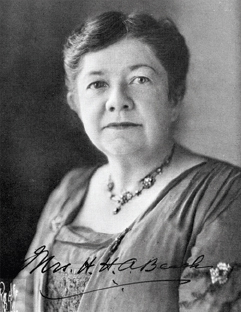The Cultivated Tradition
- Vivaldi’s concertos in parts
- Bach’s songs 2nd collection
- Handel’s Coronation anthems
- Heck’s art of playing the harpsichord
- Hayden’s [sic] cantatas
In 1783 Thomas Jefferson’s music library contained these and a hundred other items.
As cities grew, first on the East Coast and then farther west, more and more concerts appeared, and with them faithful concertgoers. One such was a New York lawyer and civic leader named George Templeton Strong, who left a four-
Americans eagerly bought tickets to hear traveling celebrities from Europe, and skilled native composers and performers began to appear. The first American musicians to gain worldwide reputations were the immigrant German composer Anthony Philip Heinrich (1781–

On the whole, however, Americans were content to look to Italy for opera and to Germany for instrumental music. It is not surprising that the cultivated tradition in American music was essentially German in orientation. Ever since the time of Mozart and Beethoven, German music had earned enormous prestige all over Europe. The mid-

There were significant native composers at the end of the nineteenth century: John Knowles Paine, Arthur Foote, and Henry Chadwick of the so-
The music of Amy Beach (1867–
The emergence of Charles Ives in the midst of this conservative tradition seems like a miracle of music history (see page 331). Yet Ives profited more than he sometimes cared to admit from the grounding in European concert music he received from his German-